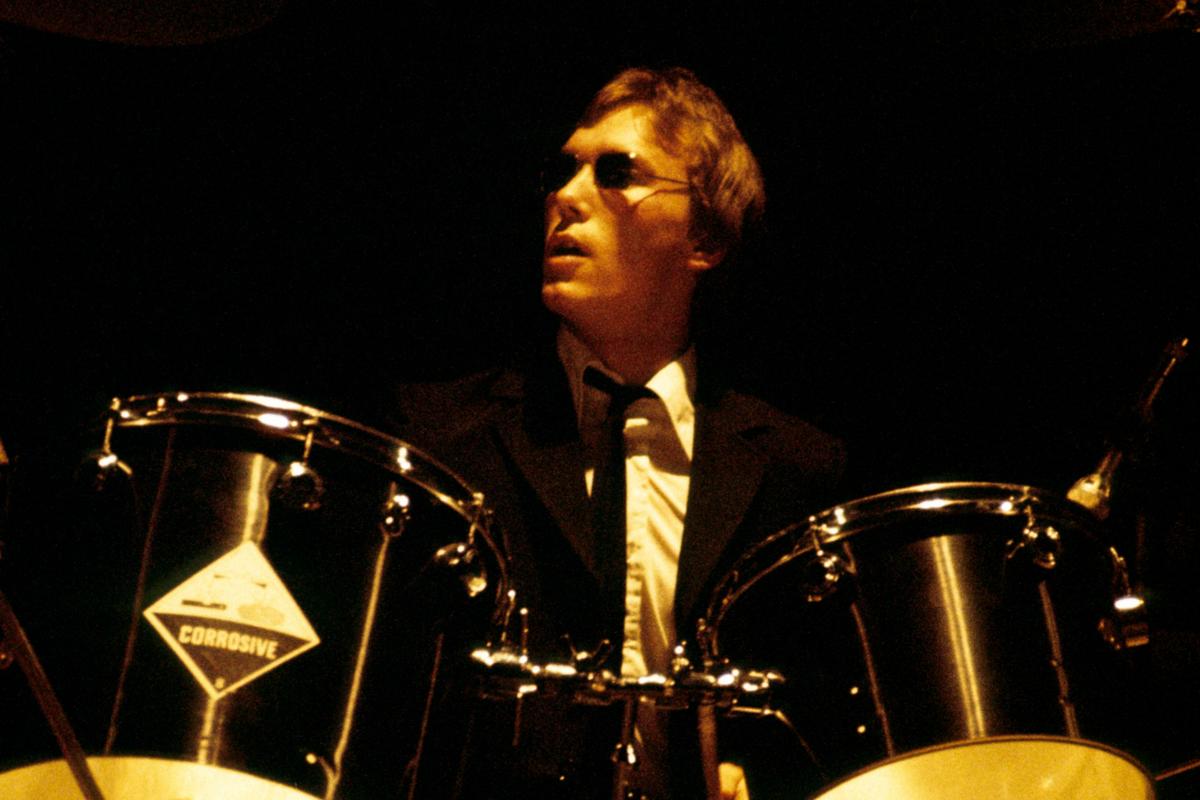Rick Buckler, the legendary drummer for the renowned English new wave band The Jam, has sadly passed away at the age of 69. His contribution to music and his distinctive drumming style have left an indelible mark on the industry.
The news of Buckler’s death was confirmed by his former bandmates, who took to social media platforms to share their heartfelt memories and tributes. This outpouring of love highlights the impact he had not only on his fellow musicians but also on fans worldwide.
?I’m shocked and saddened by Rick’s passing,? reflected Paul Weller, the frontman of The Jam, in a post on X. He reminisced about their early days rehearsing in his bedroom on Stanley Road, Woking, and the numerous pubs and clubs where they played during their formative years. Weller noted how their journey exceeded their wildest dreams, and the music they created continues to resonate with audiences today. He expressed his deepest sympathy to Buckler’s family and friends during this difficult time.
?Rick was a good guy and a great drummer whose innovative drum patterns significantly shaped our songs,? stated bassist Bruce Foxton in his message. Foxton shared his gratitude for the time they spent working together and expressed his condolences to Buckler?s wife, Leslie, and his family, recognizing the challenges they face in this painful moment.
While the specific cause of death has not been disclosed, it was reported that Buckler had canceled a series of spoken word tour dates recently due to ?ongoing health issues.? This news adds a layer of sorrow, as fans and friends reflect on his struggles in recent times.
Exploring the Life and Legacy of Rick Buckler
Born in Woking, England, in 1955, Buckler’s musical journey began when he met Paul Weller and Bruce Foxton during their time at Sheerwater Secondary School. The trio shared a passion for music, leading them to form The Jam and initially cover popular American rock bands before developing a unique sound that would define their careers.
In 1977, the release of The Jam‘s debut single, ?In This City,? marked the beginning of their remarkable ascent, quickly climbing into the Top 40 of the U.K. charts. This was just the start of an extraordinary run, during which the band produced 18 consecutive U.K. Top 40 singles over their five-year tenure. Among these hits were four U.K. No. 1 singles, including iconic tracks like “Going Underground” (1980) and ?Town Called Malice? (1982), as well as six acclaimed studio albums that remain influential.
Despite their incredible success in the U.K. and internationally, The Jam struggled to gain a foothold in the U.S. music scene. Their most significant American hit, ?A Town Called Malice,? peaked at No. 31 on the Billboard Mainstream Rock chart in 1982, illustrating the challenges they faced in reaching American audiences.
Watch the Jam’s Music Video for ‘A Town Called Malice’
In October 1982, Weller announced the decision to disband The Jam, leading to their final concert together on December 11 of that year. This marked the end of an era, but Buckler?s musical journey was far from over.
After the breakup, Buckler launched a new band called Time UK, which produced three singles over a limited timeframe before disbanding. He later operated his own recording studio and eventually stepped away from the music industry, choosing to pursue carpentry instead.
In 2005, Buckler made a triumphant return to the stage with a new band named The Gift, which paid homage to The Jam’s legacy by performing songs from their extensive catalog. In 2007, Foxton joined the band, prompting a name change to From the Jam. The group toured together for four years, delighting fans with their performances before parting ways in 2009.
In the latter part of his career, Buckler engaged with several projects related to The Jam, including releasing his autobiography in 2015, titled That’s Entertainment: My Life in the Jam, which offered fans an insider’s perspective on his experiences and the band’s journey.
Remembering Legends: 2025 Notable Deaths in Music
A tribute to the musical icons we’ve lost.
Gallery Credit: Ultimate Classic Rock Staff





